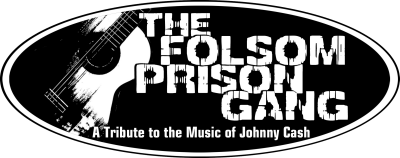October 22, 2013, 9:48 am | In
Johnny Cash |
No Comments
Music icons Johnny Cash and June Carter Cash are famous throughout the world so most of their life together is public knowledge. However, few people know that they owned a home in Jamaica and spent decades there, especially in their later years. The home they owned was Cinnamon Hill, a historic great house, located next door to the famous Rose Hall. If you ever travel to Jamaica, the home is open to the public and can be toured through special arrangement. Both Cinnamon Hill and the house next to it (Rose Hall) have a history of paranormal activity. Dating from the 1700s, Cinnamon Hill was once owned by the family of 19th-century poet Elizabeth Barrett Browning. It is now restored to its former glory as a gracious plantation home. All of these factors made the Johnny Cash house a "must see" on the 2012 Mysterious Destinations Western Caribbean Expedition, a cruise ship-based excursion with stops that included mysterious destinations on Cozumel and Jamaica.
In the mid-1970s Johnny Cash bought the house from his friend, American businessman, John Rollins. Johnny, like Jamaican visitors and residents alike, seemed to have a real fascination with Rose Hall, which is reportedly haunted not only by the woman known as the "White Witch of Rose Hall" but by the lovers, husbands, and slaves she allegedly murdered in the plantation house. Inspired by the stories he heard and his experiences in the house, Cash went on to write a song called the "Ballad of Annie Palmer" in the early 70s. If you tour Rose Hall, the tour will end out by Annie Palmer's grave where the guides sing the song with this haunting refrain:
Cash wrote this about Cinnamon Hill:
In the mid-1970s Johnny Cash bought the house from his friend, American businessman, John Rollins. Johnny, like Jamaican visitors and residents alike, seemed to have a real fascination with Rose Hall, which is reportedly haunted not only by the woman known as the "White Witch of Rose Hall" but by the lovers, husbands, and slaves she allegedly murdered in the plantation house. Inspired by the stories he heard and his experiences in the house, Cash went on to write a song called the "Ballad of Annie Palmer" in the early 70s. If you tour Rose Hall, the tour will end out by Annie Palmer's grave where the guides sing the song with this haunting refrain:
"Where's your husband Annie where's number two and three
Are they sleeping neath the palms beside the Caribbean Sea
At night I hear you ridin' and I hear your lovers call
And still can feel your presence round the great house at Rose Hall"
Cash wrote this about Cinnamon Hill:
"The past is palpably present in and around Cinnamon Hill, the reminders of other times and other generations everywhere, some obvious, some not. For more than a century this was a sugar plantation worked by thousands of slaves who lived in clusters of shacks all over the property. All that remains of those people now, the metal hinges from their doors and nails from their walls, lies hidden in the undergrowth on the hillsides or in the soil just below the manicured sod of the golf course that loops around my house. I doubt that the vacationers playing those beautiful links have any idea, any concept, of the kind of life that once teemed where they walk-though perhaps some do, you never know."
No Comments Yet


